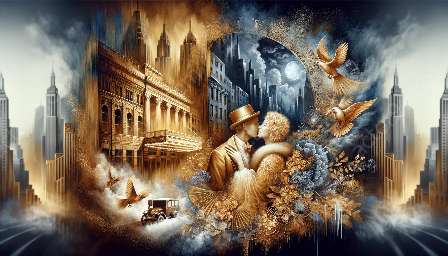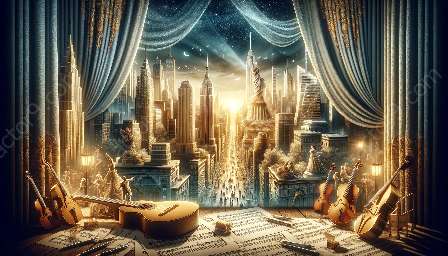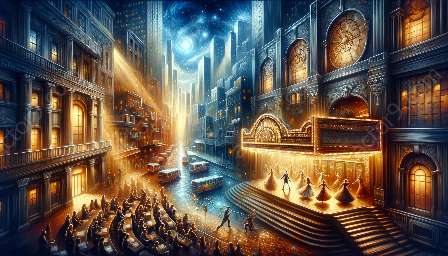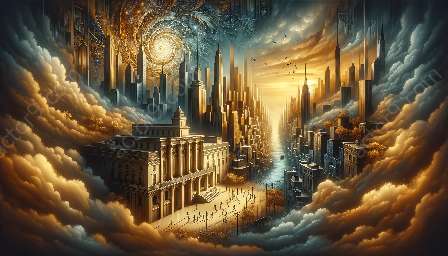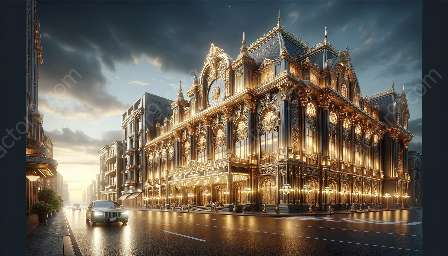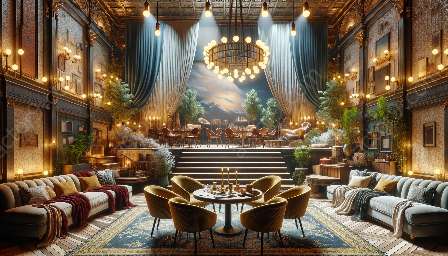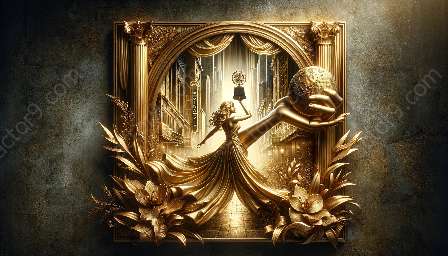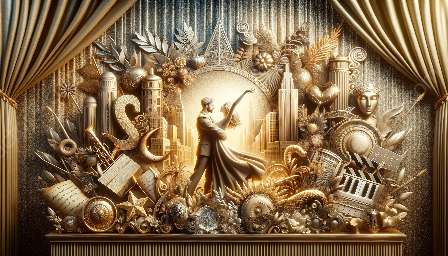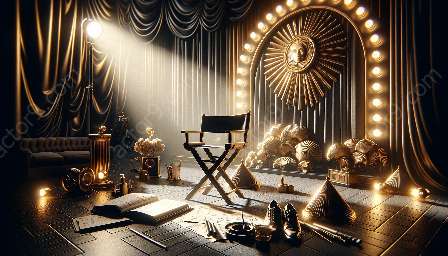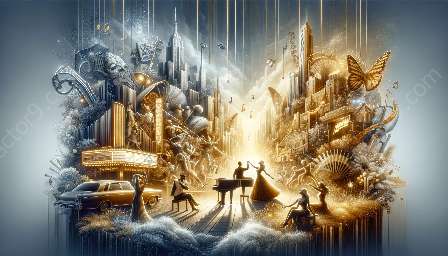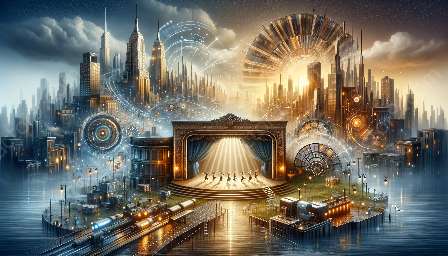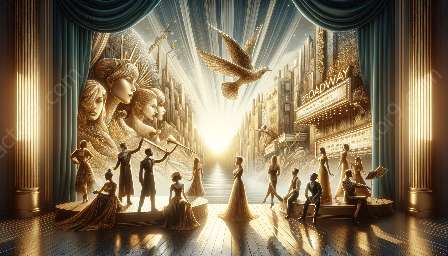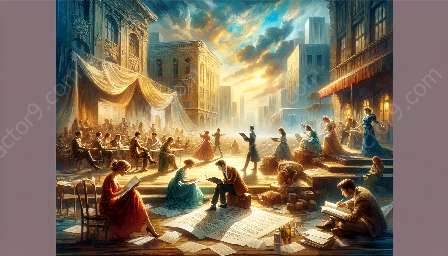The Golden Age of Broadway, which spanned from the 1940s to the 1960s, was a transformative period in the history of musical theater. This era saw the creation of legendary musicals and the emergence of influential artists and composers who redefined the genre. The impact of the golden age of Broadway on the perception and appreciation of musical theater as an art form is profound and enduring.
The Birth of a Golden Era
The post-World War II era marked the beginning of the golden age of Broadway. It was a time of economic prosperity and social change, setting the stage for a surge in creativity and innovation in the world of theater. Broadway became a hub for aspiring playwrights, composers, and performers who sought to contribute to the evolution of musical theater.
Artistic Innovation and Collaboration
One of the defining features of the golden age of Broadway was the unprecedented level of artistic innovation and collaboration. Visionary composers such as Richard Rodgers, Oscar Hammerstein II, Leonard Bernstein, and Stephen Sondheim pushed the boundaries of traditional musical storytelling, introducing complex themes and characters that resonated with audiences on a deeper level.
The collaborative nature of musical theater also flourished during this period, with creative teams comprising directors, choreographers, and designers working in harmony to bring groundbreaking productions to the stage.
Shaping the Perception of Musical Theater
The golden age of Broadway played a pivotal role in shaping the perception of musical theater as a sophisticated and culturally significant art form. Productions like 'West Side Story,' 'The Sound of Music,' and 'My Fair Lady' elevated the standards of storytelling and musical composition, earning critical acclaim and captivating audiences around the world.
Moreover, the thematic richness and emotional depth of the golden age musicals redefined the public's perception of musical theater, positioning it as a legitimate and respected form of artistic expression. The universal themes explored in these productions, including love, social injustice, and the human experience, contributed to a broader appreciation of the art form.
Legacy and Influence
The legacy of the golden age of Broadway continues to reverberate through contemporary musical theater. Its influence is evident in the continued reverence for classic productions, as well as in the ongoing pursuit of artistic excellence and innovation within the genre.
Furthermore, the period's emphasis on storytelling, character development, and musical craftsmanship set a high standard for future generations of Broadway creators, ensuring that the art form maintains its integrity and relevance.
Conclusion
The golden age of Broadway significantly influenced the perception and appreciation of musical theater as an art form. Its legacy is ingrained in the DNA of contemporary Broadway, serving as a testament to the enduring impact of this transformative era.


